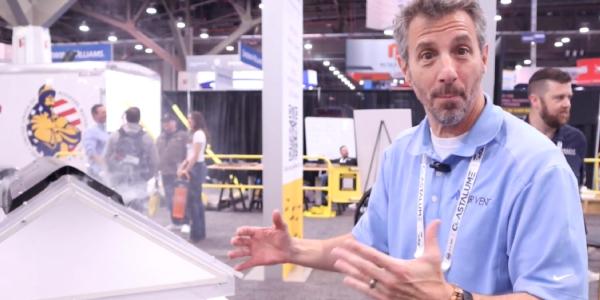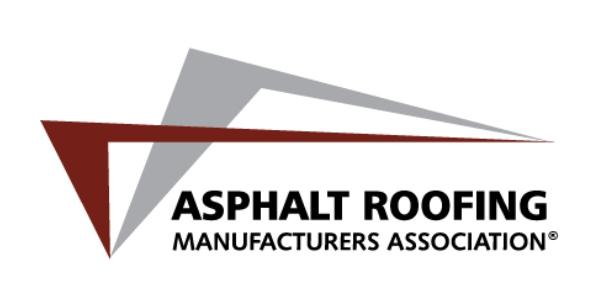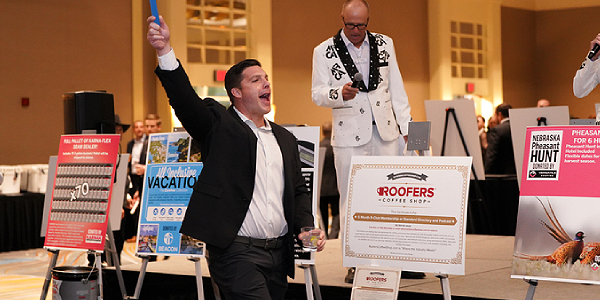Cool Roofing Experts Educate About Environmental Roofing Standards

By Alec Doniger.
The Cool Roof Rating Council (CRRC) continues to spread knowledge about the benefits of cool roofing as Energy Star sunsets.
Big changes have been made to Energy Star, a company synonymous with energy efficiency, over the past 20 years. The Environmental Protection Agency decided to end the program officially in 2019, and this past June was when the organization finally sunset. In a recent episode of Roofing Road Trips, Heidi J. Ellsworth asks CRRC experts about this change and what it means for the roofing industry. Sarah Schneider, deputy director, and Audrey McGarrell, project manager, have answers to help home and building owners looking for energy efficient roofing options.
You may be wondering what specific function the Energy Star program held. Sarah explains how it sparked a significant positive change in energy consumption trends. “Energy Star is a voluntary certification program that was co-created and implemented by the U.S. Environmental Protection Agency and the U.S. Department of Energy,” she says. “[It’s] intended to help consumers understand what would be considered a ‘cool roof or an energy efficient roof.’” Because this knowledge was available to the general public, consumers were able to make smarter, more environmentally friendly decisions when purchasing roofs and other energy-consuming products.
More recently, the demand for cool roofing products in residential areas has grown faster than it has in commercial areas. According to Sarah, “in stakeholder conversations [they] learned that the Energy Star label for residential roofing products wasn't informative enough to consumers who were really trying to find cost effective roofing materials... with those main reasons, they did announce publicly that they were going to end the program.”
The Cool Roof Rating Council, known for their evaluations of radiative properties/performance of roofing materials, has been working to finish the work that Energy Star began. This 501(c)(3) nonprofit organization performs technical research to provide product ratings and educates the public on cool roofing options. The CRRC, however, is not Energy Star, and there are some important distinctions to make. “Products had to meet a certain specified threshold in order to obtain [an Energy Star] certification,” clarifies Audrey. “By contrast, the CRRCs rating program [allows] any type of roofing product to participate. We publish data, whether it's high or low, or whether some jurisdictions would consider it cool or not. We are basically a data clearinghouse where people can obtain their ratings from a credible testing laboratory.”
Because the CRRC is making their data public, they are leaving a positive impact on the roofing industry and the environment. Now consumers can make fully informed decisions when choosing their cool roofs.
Learn more about CRRC is their RoofersCoffeeShop Directory or visit coolroofs.org.
Listen to the full podcast to discover all the contributions CRRC is making to the roofing industry.






















Comments
Leave a Reply
Have an account? Login to leave a comment!
Sign In